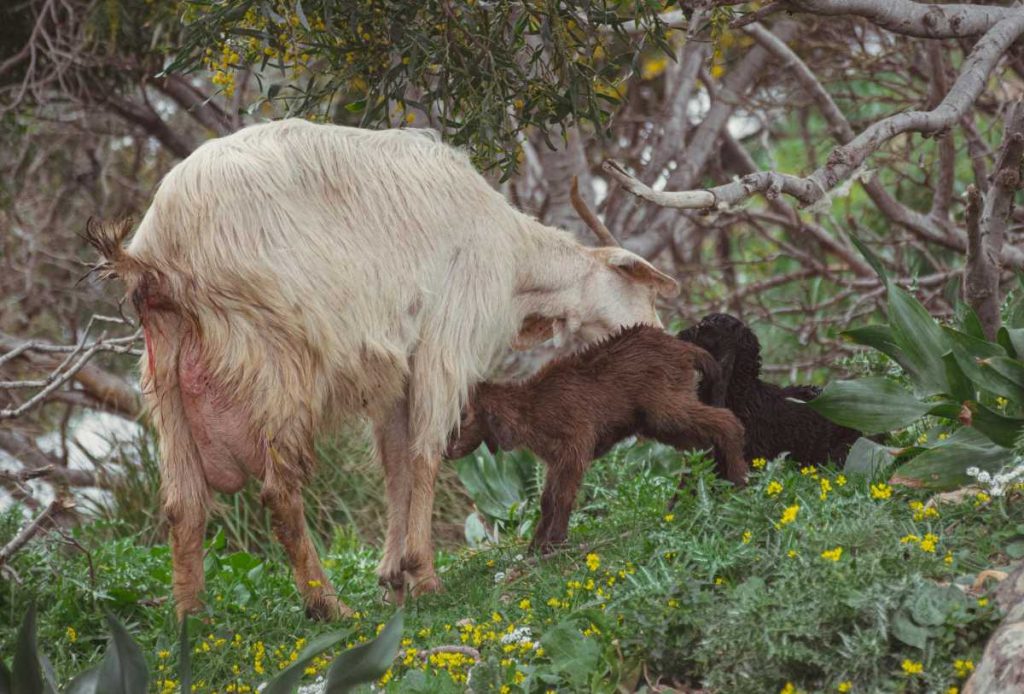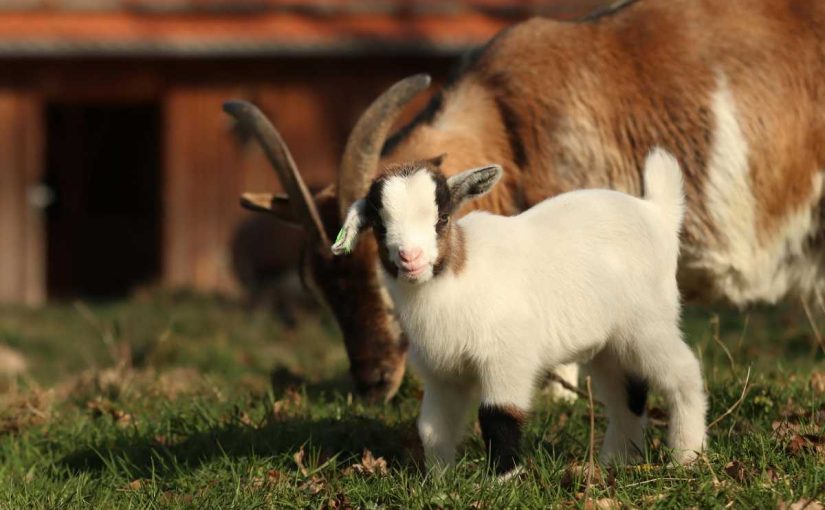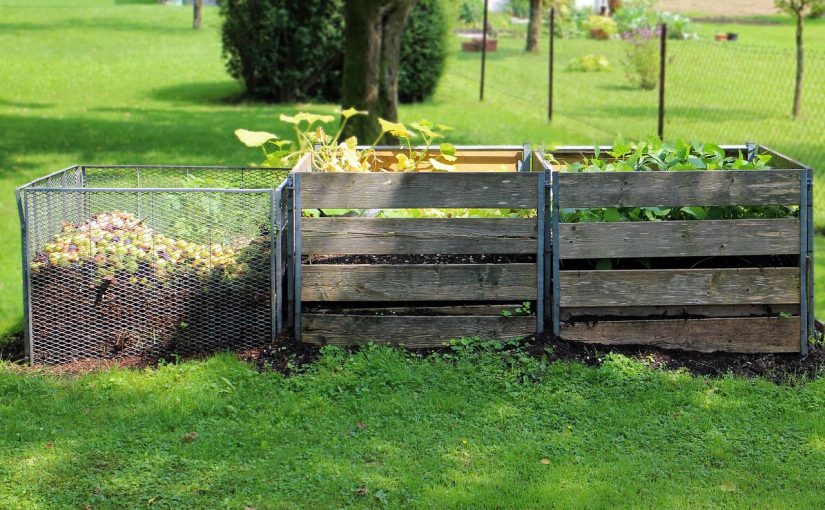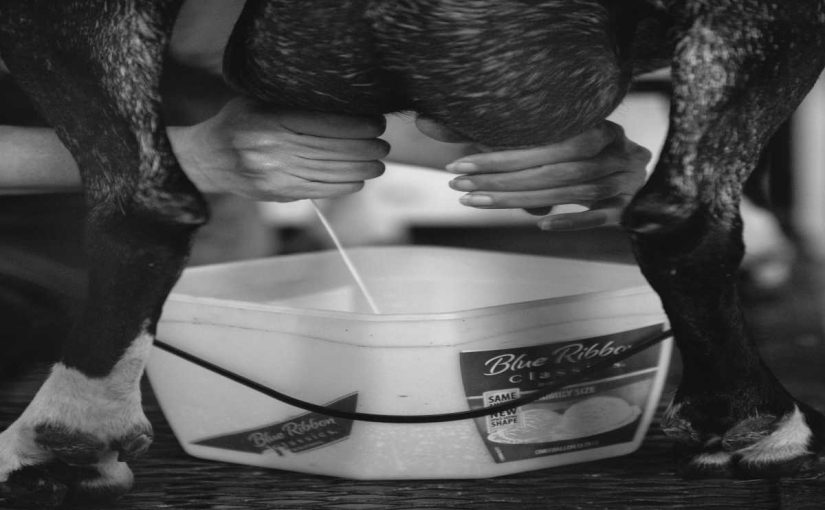Raising goats can be a rewarding experience, especially when you understand the different growth stages and how to support them. From birth to adulthood, each stage in a goat’s development brings unique needs and characteristics. Whether you’re a new goat owner or looking to deepen your understanding, here’s a detailed look at the five key stages of goat growth and development.
Stage 1: Newborn (0-8 Weeks)
Overview:
The first stage of a goat’s life is crucial as newborns rely heavily on their mothers for nutrition and warmth. They are delicate and require close attention to ensure they get a strong start.
Care Tips:
- Colostrum Feeding: Within the first few hours of birth, it’s vital that the newborn goat (kid) receives colostrum, the mother’s first milk, which is rich in antibodies. This helps build immunity.
- Temperature Control: Newborn goats can be sensitive to cold. Ensure they are dry and in a warm environment, especially during the colder months.
- Frequent Feedings: Newborns will need milk frequently. If they aren’t nursing well, consider bottle-feeding goat milk or a milk replacer formulated for kids.
- Umbilical Cord Care: Clean the umbilical cord with iodine to prevent infections.
Stage 2: Weaning (8 Weeks – 4 Months)
Overview:
The weaning period is a critical transition as goats start to reduce milk intake and begin consuming solid foods. Weaning is usually complete around 3-4 months.
Care Tips:
- Gradual Weaning: Begin reducing milk feedings slowly while introducing hay, grain, and clean water to avoid digestive issues.
- High-Quality Forage: Provide high-quality hay and a balanced diet to help kids adjust to solid foods.
- Socialization: Young goats are highly social. Interact with them and provide companions so they develop a bond with other goats and humans.
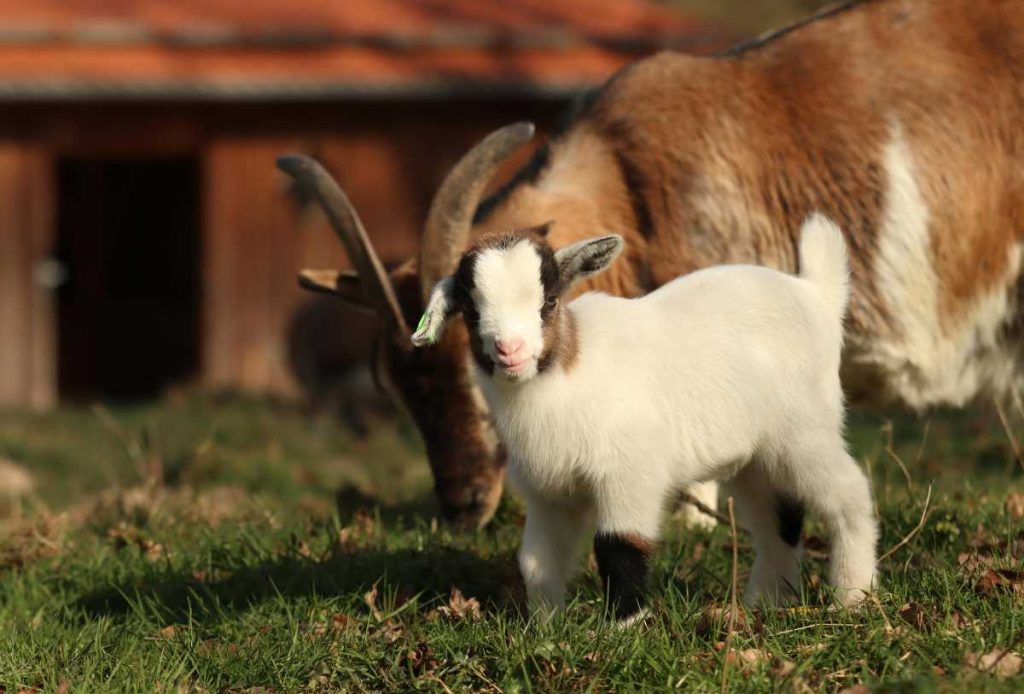
Stage 3: Juvenile (4 Months – 1 Year)
Overview:
At this stage, goats are energetic and curious. This is a key time for physical growth, muscle development, and social learning. Proper nutrition is essential to support their rapid growth.
Care Tips:
- Nutrient-Rich Diet: Feed a balanced diet with appropriate protein levels. Young goats need additional nutrients for bone and muscle development.
- Regular Health Checks: Juvenile goats are more prone to worms and other parasites. Establish a deworming schedule and keep up with vaccinations as needed.
- Exercise and Space: Provide ample space for play and exploration. Physical activity is essential for developing strong muscles and a healthy heart.
Stage 4: Adolescence (1-2 Years)
Overview:
During adolescence, goats reach sexual maturity and their adult size. Bucks (male goats) and does (female goats) may start showing breeding behaviors.
Care Tips:
- Separate Bucks and Does: If you don’t want early breeding, it’s best to separate bucks and does during this stage.
- Monitor Nutrition Carefully: Overfeeding adolescent goats can lead to obesity or skeletal issues. Feed in controlled amounts to maintain a healthy weight.
- Training Opportunities: Adolescent goats are often more trainable and eager to learn. Work on training them for tasks such as leading on a halter, which can be useful later in life.
Stage 5: Adult (2 Years and Older)

Overview:
Once goats reach full maturity, they are physically strong and, depending on the breed, ready for breeding if desired. Adult goats require less frequent but consistent care.
Care Tips:
- Balanced Maintenance Diet: Adult goats don’t require the same high-protein diets as younger goats. Offer a balanced diet of forage and grain as needed.
- Breeding Management: For those keeping goats for breeding, manage breeding schedules to ensure the health of both bucks and does.
- Routine Health Care: Continue with routine health practices, including hoof trimming, deworming, and vaccinations. Adult goats can also be susceptible to arthritis and other age-related issues, so regular vet checks are essential.
Conclusion: Understanding Each Stage for Healthy, Happy Goats
Each stage of goat growth brings its own set of requirements and care considerations. By knowing what to expect and how to support them through these stages, you’re giving your goats the best chance for a healthy, fulfilling life. With proper nutrition, regular health checks, and a nurturing environment, your goats can thrive from their first days to their mature years. Happy goat-raising!

